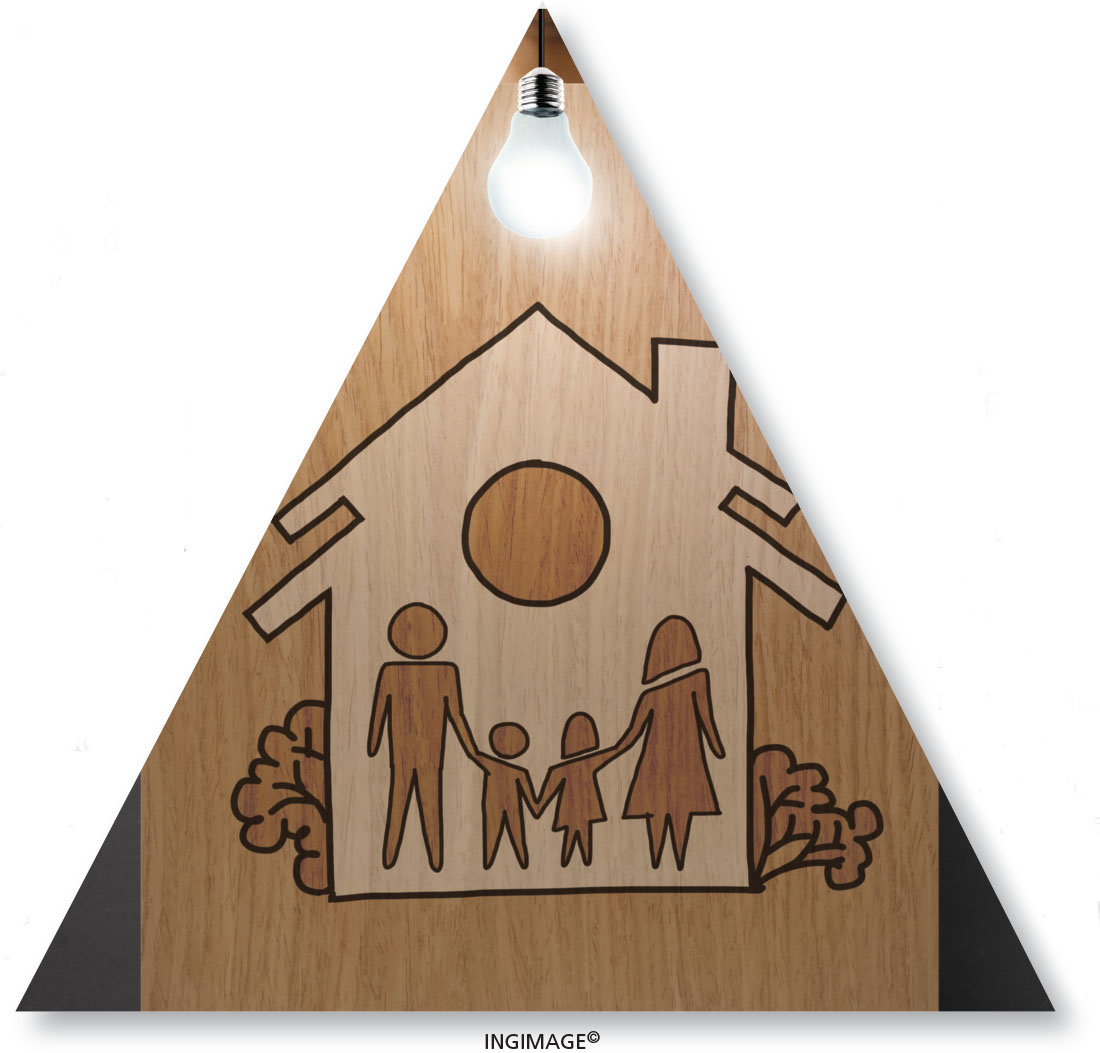BUSINESS OWNERSHIP

FAMILY
ENTERPRISE
Endurance is the name of the corporate game
BY Jayashantha Jayawardhana
The much touted adage ‘shirtsleeves to shirtsleeves in three generations’ envelopes the family business landscape like mist. And many of these businesses are falling apart over disagreements between family members as they jockey for more power.
Consider the Murdoch family and News Corp, or the Redstone family and National Amusements, and it’s easy to believe that such organisations are doomed.
However, there’s a bright side as well…
Italian winery Marchesi Antinori, which was founded in 1385, has thrived as a family business for more than 600 years. Similar examples include Gekkeikan in Japan (founded in 1637), Berry Bros. & Rudd in the UK (1698) and Jose Cuervo in Mexico (1795).
“So which is it? Are family businesses prone to dramatic implosions or are they some of the most enduring companies in existence?” ask Josh Baron and Rob Lachenauer. In an article they co-authored titled ‘Build a Family Business That Lasts’ in the Harvard Business Review (HBR), they write: “The answer is both.”
These businesses can be much more fragile or resilient than their peers. Businesses where two or more family members exercise control, concurrently or sequentially, represent an estimated 85 percent of the world’s companies. So ensuring their longevity is necessary.
Compared to a widely held public company, the ownership of a family business is in the hands of a relatively small number of people who are closely related. Their ability to shape the company is profound due to their relationships with one another.
Baron and Lachenauer delineate five core rights that accompany family ownership. The long-term success of a family enterprise rests largely on how well these rights are understood and how effectively they’re exercised.
These are design (i.e. the type of ownership you want), decide (how you will structure governance), value (how you will define success), information (what you will and won’t communicate) and transfer (how you will handle the transition to the next generation).
OWNERSHIP The authors assert that four fundamentally different ownership models exist, and are distinguished by who can be an owner and how owners share control. There are sole ownerships, partnerships, distributed ownerships and concentrated ownerships.
In a sole ownership, one family member owns the company and is responsible for all the decisions. French cognac maker Camus La Grande Marque has been under sole ownership since its establishment in 1863.
And in a partnership, ownership is limited to family members actively working in the business. The German-Dutch Brenninkmeijer family, sixth generation owners of the clothing chain C&A, have adopted this model.
In a distributed ownership model, any family member may be an owner and participate in decision making. Brazil-based conglomerate Votorantim has this type of ownership. Under a concentrated ownership model, any family member may be an owner but a subset controls decision making.
GOVERNANCE The authors propose a simple framework, which they call ‘the four-room model’ to guide decision making.
Imagine your business as a home with one room each for the owners, the board, management and the larger family. The owners set high-level goals and elect the board; the board oversees the business and hires (and fires) the CEO; and management recommends business strategy and directs operations.
Meanwhile, the family’s room sits alongside these three, highlighting the importance of family influence and unity throughout. In a well-run family business, each room has explicit rules about who belongs where.
SUCCESS The owners of a business have a right to the residual value it creates.
One of the best things about a family business is that as the owner, you get to determine what matters most. No outsider can force you to value earnings growth more highly than providing family members with employment or insist that you pursue opportunities that clash with your beliefs.
But here, you need to identify concrete goals and set up guardrails.
DISCLOSURE Family businesses can tightly control their communications since there is no requirement for mandatory disclosure unlike in a public company.
But adopting a healthy communication strategy is crucial to building trusted relationships that help generate financial, human and social capital. Revealing too much or too little can hurt a family business – but in completely different ways.
TRANSITION How will you handle the transition to the next generation?
To execute a successful transition, you’ll need a continuity plan that maps a path from the present generation of owners to the next. You have to carefully address three main challenges: passing down your assets, handing over roles and developing next generation capabilities.






Leave a comment